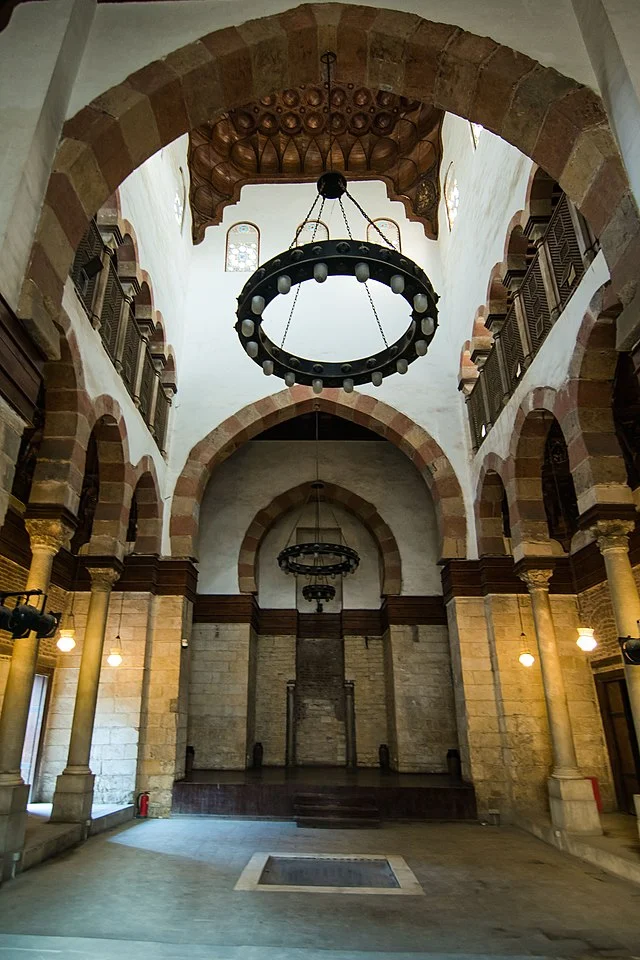Palaces Lost in Time: Unveiling Cairo’s Overlooked Historical Palaces
architecture cairo palaces egyptian palaces heritage Manial Palace and Museum palaces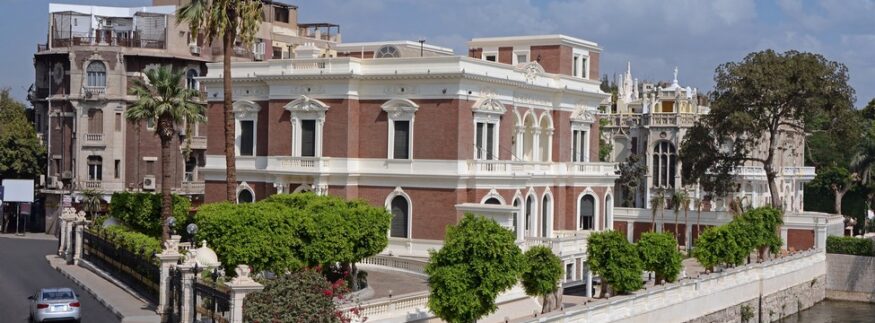
Safy Allam
Image via arabcont
In the bustling heart of Cairo, where ancient history meets modern life, lie palaces that have quietly withstood the test of time. These forgotten architectural masterpieces in Cairo, once the epitome of royal grandeur, now stand as silent witnesses to Egypt’s rich heritage.
This article will take you on a journey through these hidden palaces, revealing the stories etched into their walls. It’s time to rediscover, remember, and cherish these gems of the past before they fade further into obscurity.
Beshtak Palace
Image via Wikipedia
Nestled on Moez Street, Beshtak Palace is a striking example of Mamluk architecture, built between 1334 and 1339 AD by Emir Seif el-Din Beshtak. Once a five-story marvel bustling with activity with shops on the ground floor that supplemented the emir’s income, the last floor was dedicated to women only. Now, the palace retains only a portion of its original structure. However, its remaining three floors still showcase stunning features like a grand reception hall, intricate mashrabeya windows, a marble fountain, and rare stained-glass windows. Restored in 2003, Beshtak Palace offers a glimpse into the lavishness of medieval Islamic residential architecture, inviting visitors to relive the splendour of its past.
Aisha Fahmy Palace
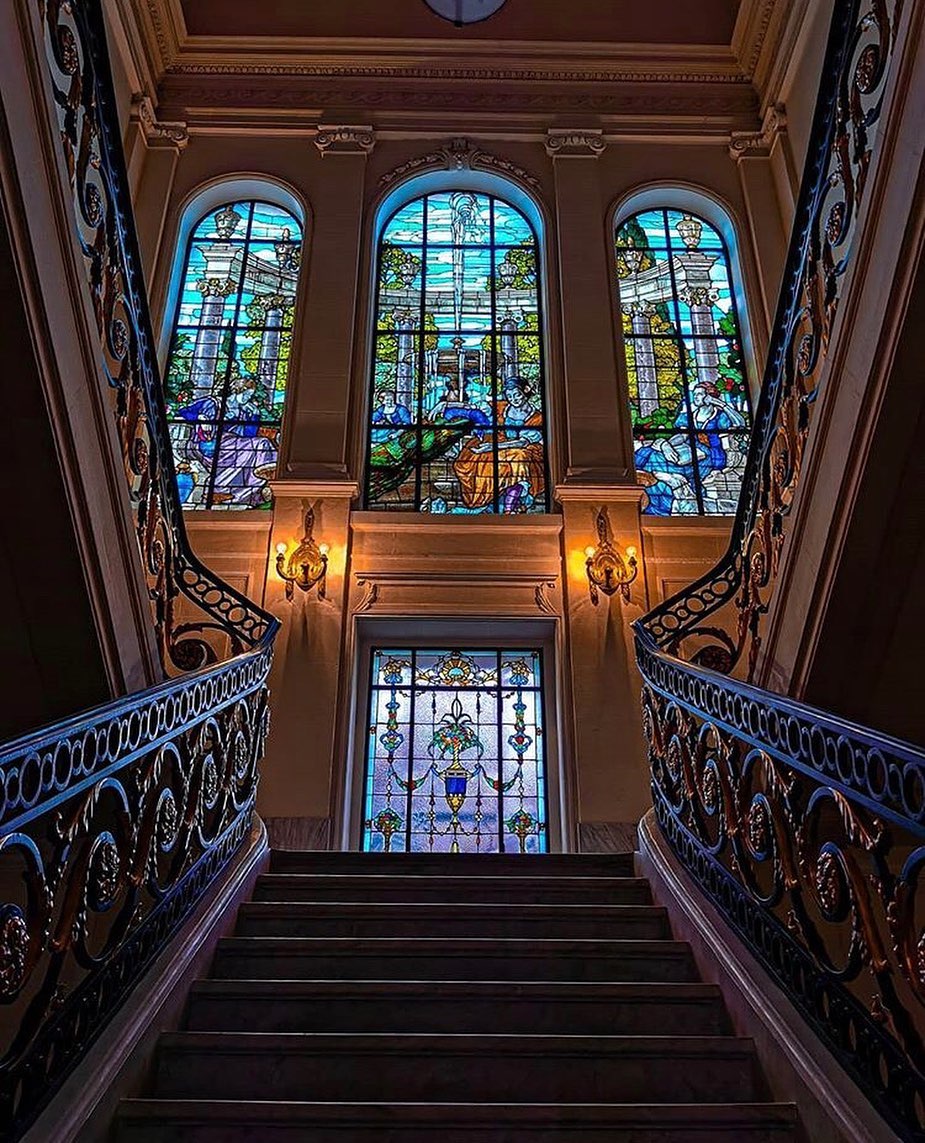
Image via arabcont
Constructed in 1907 by Khedive Abbas Helmy for Ali Pasha Fahmy and named Aisha Fahmy Palace after his daughter, the palace has a rich history, starting with Princess Aisha, who lived there with her husband, actor Youssef Wahbi. After she died in 1962, it became a Center of Arts under the Ministry of Culture. Italian architect Antonio Lasciac designed the palace. It dazzles with its lavish interiors, featuring frescoes, golden Japanese lettering, red silk walls, and unique silk and linen canvases, making it a true artistic treasure.
Prince Omar Toussoun Palace
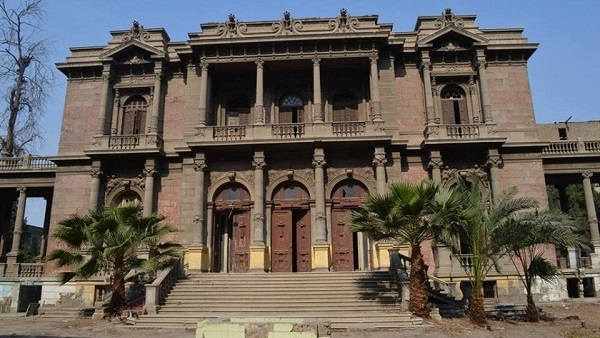
Image via steemit
Prince Omar Toussoun’s palace in Rod El Farag, Shubra, is a reminder of its mesmerising past despite a near-catastrophic fire in the 1970s. Built in 1892, the palace was envisioned as a cultural hub where Toussoun, a distinguished writer, archaeologist, and historian, could share his passion for history, arts, and geography. Although now uninhabited, the palace still retains echoes of its former grandeur with walls that once showcased ornate decorations.
Cairo Marriott (Al Gezirah Palace)
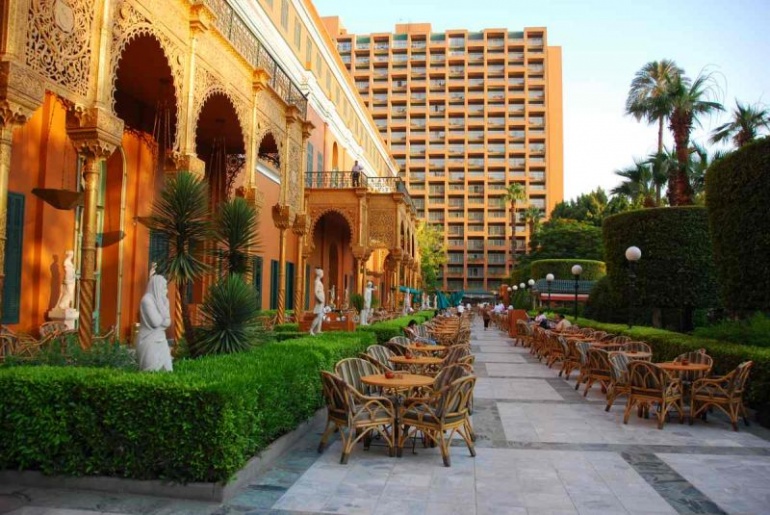
Image via napafoodandvine
Now known as the Cairo Marriott Hotel in Zamalek, the original Al Gezirah Palace, built by Khedive Ismail in 1869, remains a stunning example of neoclassical architecture. Originally constructed to host foreign royalty during the Suez Canal’s inauguration, it welcomed notable guests like Empress Eugenie and hosted the lavish 40-day wedding of Khedive Ismail’s son. Despite the addition of two Nile-facing towers in the 1970s, the palace retains much of its original artwork and furniture, preserving its historic charm while offering a blend of timeless elegance and modern hospitality.
Mohamed Ali Palace (Manial Palace)

Image via youregypttours
Constructed between 1875 and 1929 by Prince Mohamed Ali Tawfik, the Manial Palace is a captivating blend of Islamic architectural styles, including Ottoman, Persian, and Moorish influences, combined with European Nouveau and Rococo interior design. The palace showcases Prince Mohamed Ali’s extensive collection of art, furniture, and medieval manuscripts, with intricate Armenian-crafted ceramic tilework adorning its mosque and entrance. Now a public museum, the Manial Palace and its historical gardens, along with King Farouk’s hunting lodge, offer visitors a glimpse into Egypt’s modern history and architectural splendour.
recommended
 City Life
City Life
Gizapolitan: A New Souvenir Experience at the Pyramids
Ancient Egypt Ancient Hitory +4 Sights & Travel
Sights & Travel
Journeys by Breadfast: From Bread Baskets to Travel Bookings
Breadfast Journeys +2 City Life
City Life


